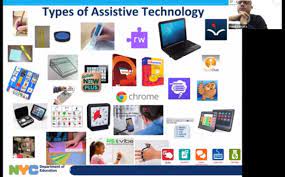Assistive Technology in Education: Tools for Inclusive Learning

About Course
Assistive Technology in Education: Tools for Inclusive Learning is designed to equip educators, caregivers, and individuals passionate about accessible learning with the knowledge and tools necessary to enhance the educational experience for students with disabilities. This course delves into the variety of assistive technologies available today, from Augmentative and Alternative Communication (AAC) devices to reading and writing tools, visual and hearing aids, and environmental control units. Students will learn about the profound impact these tools can have in promoting inclusivity and academic success for students with physical, cognitive, or sensory disabilities. The course also covers real-world case studies to showcase successful applications, empowering educators to implement the right tools in their own settings.
In this course, you will explore the significance of assistive technology, gain insights into the benefits it offers, and identify challenges such as access and financial constraints. You will also learn how to select and implement the appropriate technology, involve students in the process, and create a supportive learning environment. By the end of the course, you’ll be able to integrate assistive technology effectively to promote a more inclusive, empowering, and equitable educational experience for all students.
Course Content
Introduction
Definition of Assistive Technology
00:00Importance of Assistive Technology in Education
00:00Overview of the Ebook
00:00